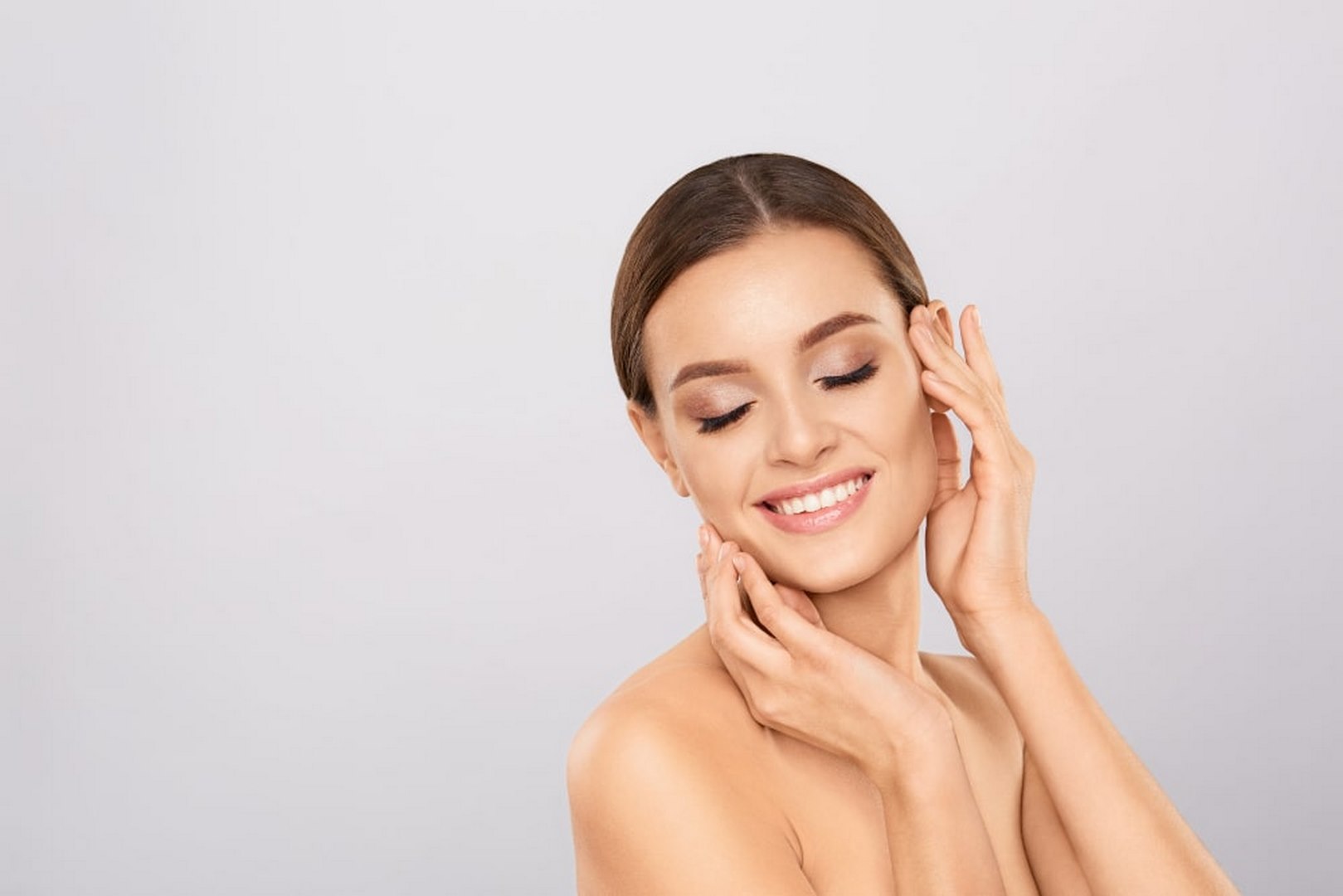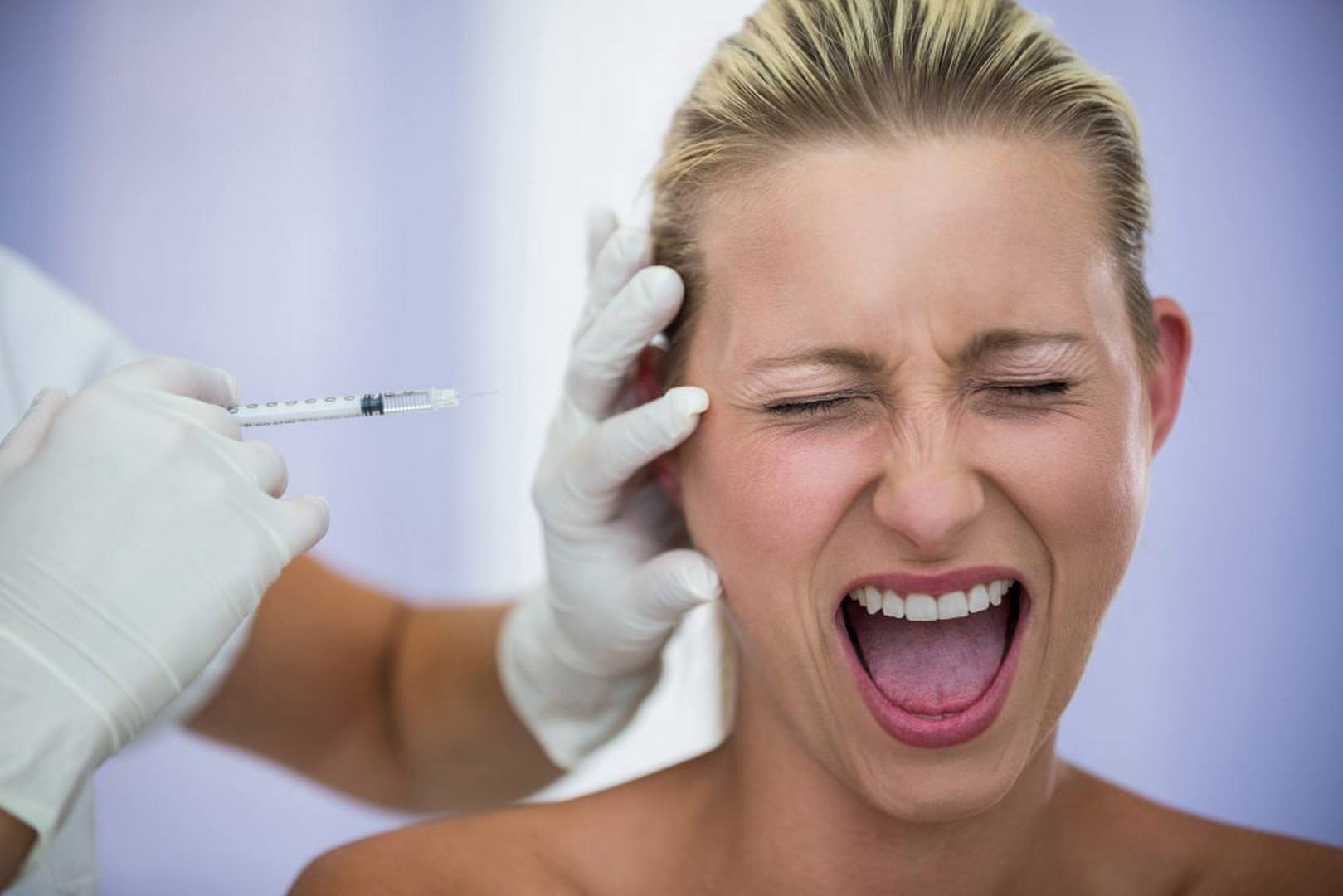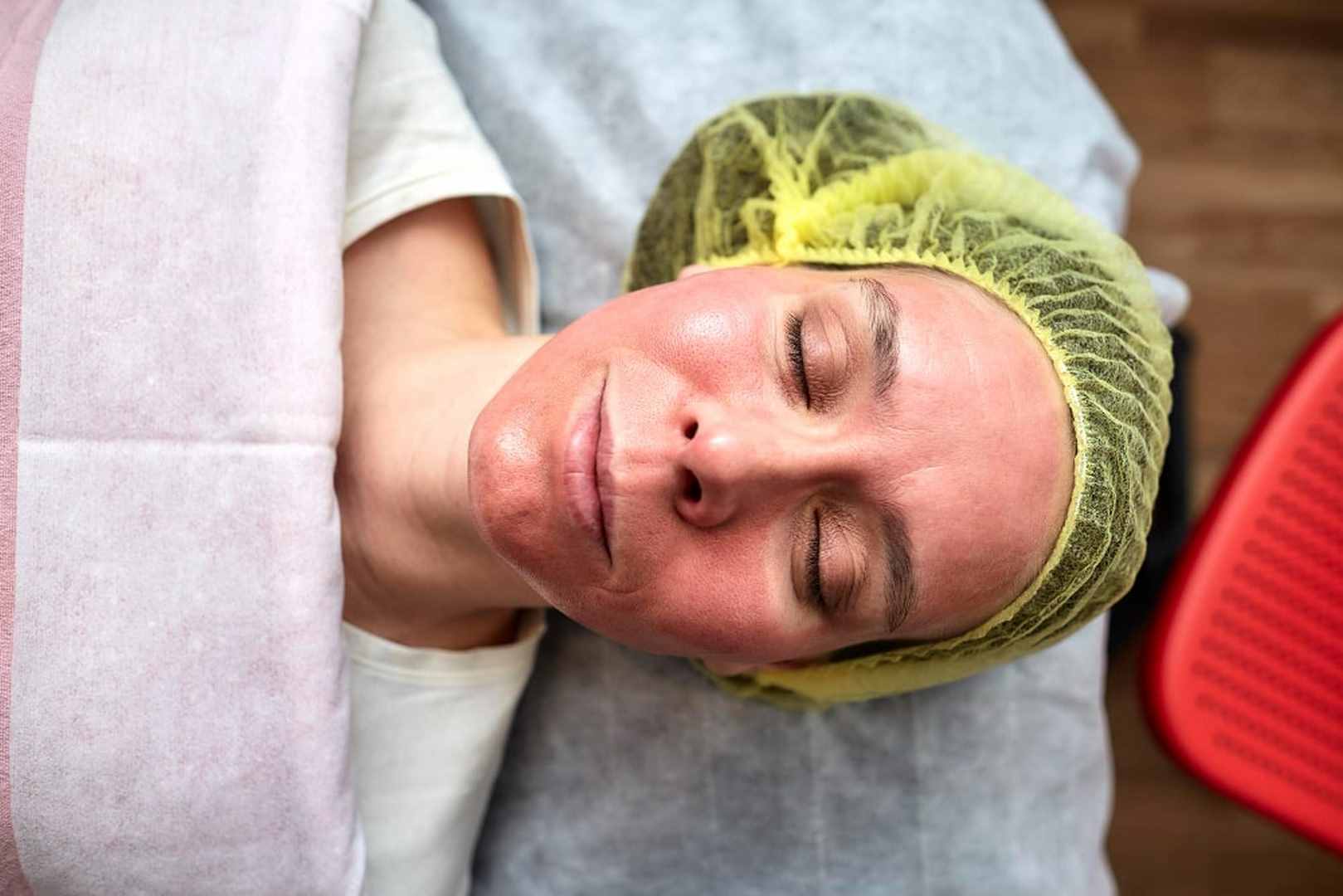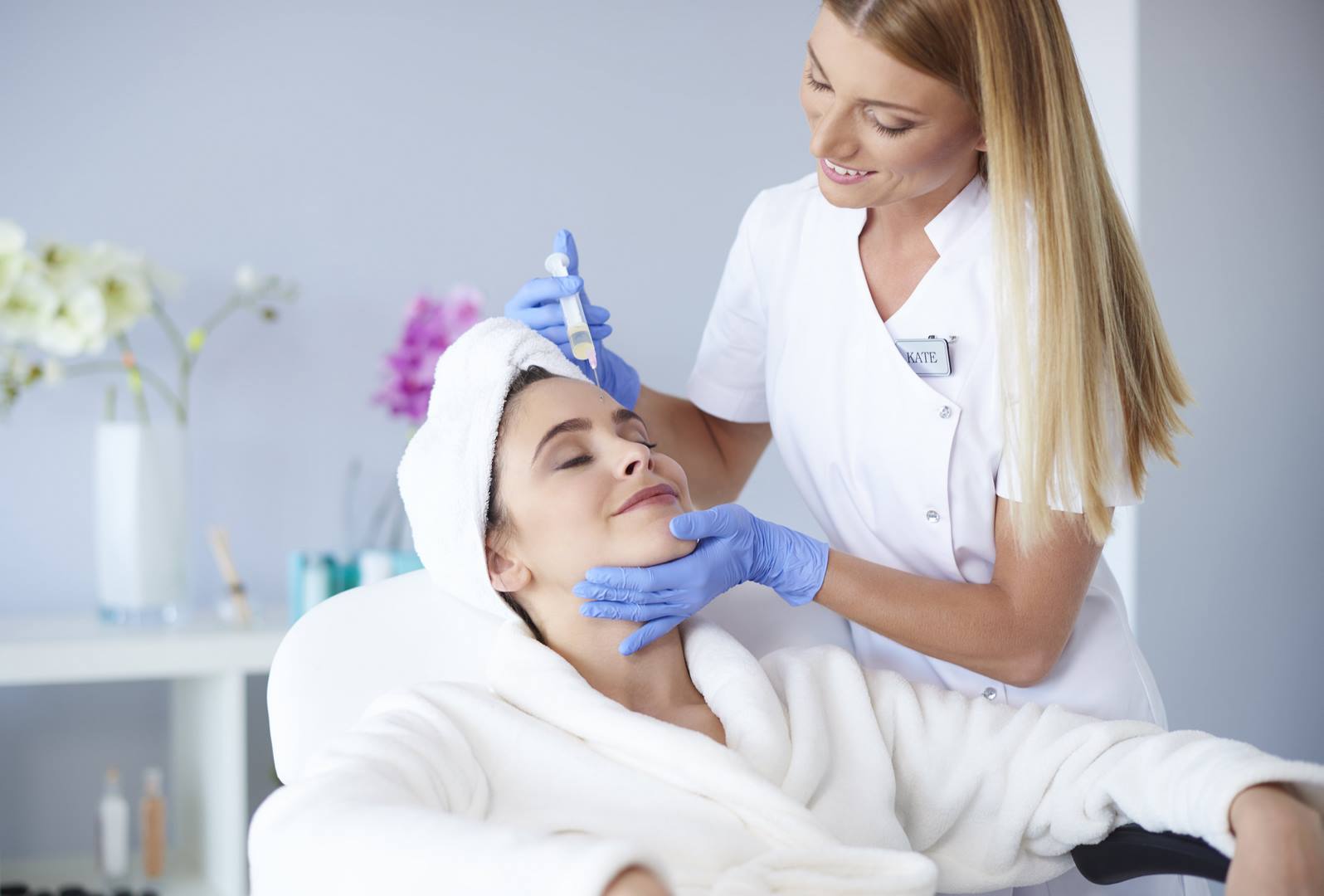How Long Does Botox Last?
 Nowadays, people have an opportunity to enjoy numerous marvelous benefits for skin rejuvenation offered to them by the aesthetic medicine sphere. Want to get rid of deep lines and wrinkles? We can help, of course! Need to enhance lips and make them look more juicy and seductive? No problem! Or maybe your goal is to prevent skin aging? Well, my friend, one Botox injection, and you’ll forget about dynamic wrinkles for a long time!
Nowadays, people have an opportunity to enjoy numerous marvelous benefits for skin rejuvenation offered to them by the aesthetic medicine sphere. Want to get rid of deep lines and wrinkles? We can help, of course! Need to enhance lips and make them look more juicy and seductive? No problem! Or maybe your goal is to prevent skin aging? Well, my friend, one Botox injection, and you’ll forget about dynamic wrinkles for a long time!
Today’s article is dedicated to Botox and its durability for patients with different skin types and aesthetic goals. You may be surprised, but it is possible to prolong the results of the procedure and keep rejuvenated looks (along with glowing skin) for much longer. So, without further ado, let’s dive into this topic together!
The Definition of Botulinum Toxin Injections (Botox)
Before discussing the product’s durability, we think it would be a good idea to talk about some basic characteristics of it to understand its working principle and certain peculiarities better. First of all, Botox is an injectable with botulinum toxin type A in its composition. This ingredient is falsely believed to be dangerous, and this superstition is understandable because of the nature of botulinum. You see, it’s derived from the bacterium Clostridium botulinum, which can lead to a life-threatening condition called botulism in its clear form. However, its concentration in products by the Botox brand is so small that it is simply impossible to hurt an individual; if too much substance is injected, the worst thing that can happen is a “frozen” muscle condition (but it is usually gone after some time).
So, as you can understand, Botox injections are meant for temporal muscle paralysis and pause in muscle contractions; this is one of the most effective methods of dynamic wrinkles prevention, suitable even for younger individuals without clear signs of aging. Areas around the mouth and eyes are the most appropriate targets for this kind of treatment.
If you still ask yourself, “Is Botox safe?” we think it would be helpful to have a closer look at the procedure protocol to understand all the steps performed by a doctor and know exactly what to expect. Before the procedure itself, a consultation with a medical professional is conducted to make sure botulinum toxin is a safe option for a patient and is able to fulfill all aesthetic needs. During Botox therapy, an injection spot is numbed with the help of a topical anesthetic to eliminate the chances of discomfort and painful sensations. It is recommended to start from a lower dosage to let the body get used to a new product and see whether it works well for an individual; if no problems occur during the recovery process, additional treatment is scheduled to increase the dose and make the effect last longer in facial muscles. Some minor side effects are completely natural after the administration session, so be ready for those (we are going to discuss adverse reactions in the following paragraphs).
How Does Botox Work?
The effects of Botox treatments are understandable and pretty easy to understand. Unlike dermal fillers (aimed to fill in already exiting lines and creases), botulinum toxins are meant for wrinkles prevention. After the injection session, a solution needs some time to get to the nerve endings of the muscles; when it does, muscle contractions are paused, so the occurrence of dynamic wrinkles mainly caused by active facial movements is stopped. Typically, medical professionals choose zones around the eyes and a mouth as a target.
Learn more: Botox is a perfect remedy for both therapeutic and cosmetic cases. That means that, except for aesthetic purposes, it may also be quite helpful for treating muscle-related health conditions, such as cervical dystonia, twitchy eye, overactive bladder syndrome, and others.
Dysport vs. Botox
Some people can confuse Botox and Dysport because of the same active substance used in these products. And yes, the same components make these injectables quite similar in their action, but still, there is one crucial difference – the concentration of botulinum toxin in these brands varies. One unit of Botox includes about 3 times the potency of Dysport, so a more significant amount of the last one is needed to achieve previously discussed results.
As for the target zones, Dysport works well for moderate to severe facial lines (such as glabellar lines or frown lines), while Botox is meant for mild to moderate wrinkles (like laugh lines or crow’s feet). It is impossible to say which product is better because they both work perfectly well; the most suitable option should be picked by a doctor based on one’s needs, skin peculiarities, and medical history.
How Long Does It Take for Botox to Work?
It is common thing for people to be confused when somebody mentions Botox’s results and durability. The thing is, quite a lot of us got used to the immediate effects and skin improvement (as it works with hyaluronic acid fillers). That’s why many people consider a botulinum toxin injection less effective, as it needs more time to demonstrate its rejuvenating abilities.
If the procedure is performed correctly with the help of proper injection techniques, the first results should become noticeable approximately after a week (this time is also required for adverse reactions to fade). A full effect should become visible after two weeks. Speaking about the durability of a Botox treatment, most people may see the beneficial influence of the product for up to six months (however, it varies based on certain individual aspects, namely medical history, skin condition, age, and others).
What Can Affect a Product’s Durability?
There are three things able to affect Botox’s durability, and they should be discussed and considered with a medical expert before trying this product:
- The experience of a doctor. Basic knowledge of the facial anatomy, administration techniques, and working principle of the injectable on different patients are decisive when it comes to a successful treatment session. All the nuances of the procedure have to be considered and calculated so no unexpected problems occur during the injection process;
- Skin condition and medical history of a patient. Not to mention that age can affect the effect as well because, as studies show, Botox lasts less for older patients;
- A person’s habits and lifestyle. Alcohol, smoking, no sunscreen in the skincare routine, and other harmful activities may affect not only Botox’s work but the general health condition of an individual as well. About Botox’s Safety in Aesthetic Medicine
Botox treatment is a safe method of skin rejuvenation suitable for practically any customer out there. As with all products used in the cosmetic beauty sphere, botulinum toxins are followed by minor adverse reactions, which are natural and can’t cause too much harm to an individual. Rarely, severe side effects may occur, too. But still, this method is believed to be one of the safest and most effective options in this sphere.
Learn more: Rarely can people experience frozen muscles syndrome as a result of too much Botox administered into the target spot. And, even though it causes certain inconveniences, there is no danger to one’s health; the problem can be easily solved by waiting and going through a specially designed treatment in a doctor’s office.
In order to plan a proper aftercare routine for an individual, it is crucial to inform them about Botox side effects; in this way, people will know exactly what to do in case certain complications occur after the treatment session. So, what are the normal adverse reactions after a botulinum toxin procedure?
- Minor injection site reactions. We are talking about such symptoms as redness, swelling, sling irritation, and others;
- Mild bruising in the Botox administration spot. Typically, it’s caused by a needle puncture in the skin (people with sensitive skin are more likely to experience this symptom);
- The overall sensitivity of the skin in the target area. It can also affect zones close to the treated spot, so be ready for that after the procedure.
Learn more: Depending on the injection site, headache may also be a pretty common symptom. Discuss safe painkillers with a doctor to make sure medications won’t affect the recovery process.
Sometimes, patients may experience severe adverse reactions. The occurrence of those is not the reason to panic; better being curious and inform a doctor as soon as any of these side effects are noticed: blurred vision, painful sensations in the treated zone, signs of allergy (swollen throat or tongue, trouble breathing, etc.), and others. The sooner a specialist is informed about the issues; the faster a person is able to receive all the needed help.
Botox Danger Zones
One more thing a medical professional should be aware of in order to provide a safe procedure to an individual is the main danger zones for Botox that should be avoided during the treatment. The following areas are not suitable for this product:
- Glabellar line zone (between the eyebrows);
- Temple area;
- Infraorbital region;
- Lips;
- Nasolabial folds.
Botox may lead to unexpected complications and even dangerous conditions if administered in a forbidden area. That’s why patients should be extra careful when choosing a medical expert who should perform the procedure. A doctor’s experience guarantees a customer’s safety, so this factor should never be ignored.
The Bottom Line: About Botox’s Durability
Botox is an excellent option for skin aging prevention and rejuvenation for patients all around the world. Its composition makes the product safe, effective, and long-lasting, so there is no surprise that it has become so popular among many patients. The procedure usually doesn’t take long (20 minutes are enough t administer the solution), the first results become visible after a week, and the full effect becomes noticeable in approximately 14 days.
To make sure this treatment option is suitable for one’s needs, a consultation with a medical expert is required to evaluate an individual’s target areas, medical history, and general skin conditions. Hopefully, now you understand this topic much better. Be safe, and stay tuned for more entertaining articles in the future!







